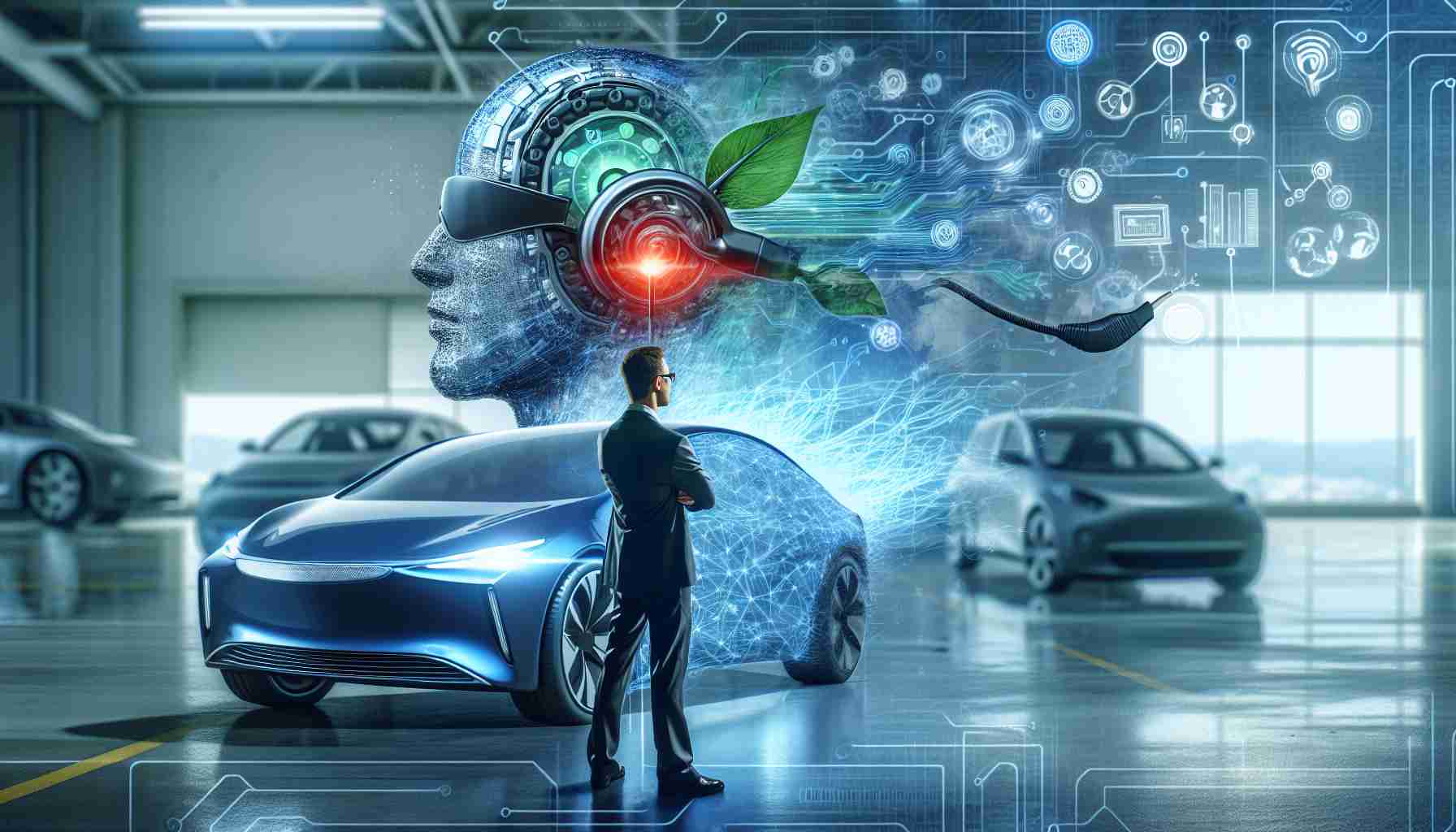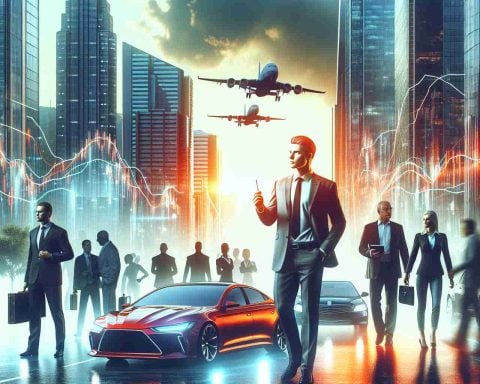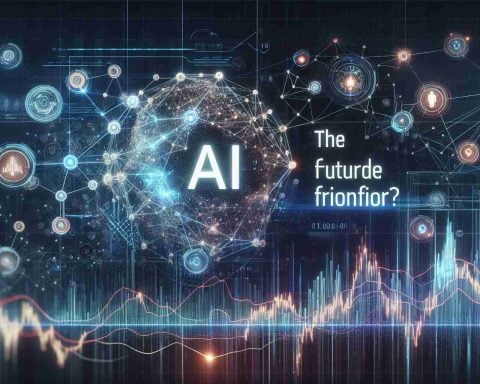- Tesla aims to transform into a leading AI company, leveraging the capabilities of its supercomputer, Dojo.
- Dojo is designed to enhance Tesla’s Full Self-Driving technology by processing extensive amounts of training data.
- The transition to fully autonomous vehicles hinges on the data and computational power of Dojo.
- Despite current FSD offerings requiring human supervision, Musk is optimistic about complete automation.
- Dojo has evolved since 2019, with experiments showing its capability for complex AI tasks.
- As sales wane, demonstrating Dojo’s potential becomes critical for Tesla’s future success.
- Musk envisions Dojo becoming a valuable service for other companies, similar to Amazon Web Services.
In an audacious bid to revolutionize the automotive landscape, Elon Musk envisions Tesla not merely as an automaker but as a pioneering AI powerhouse. At the heart of this ambitious transformation is Dojo, Tesla’s cutting-edge supercomputer, engineered to supercharge its Full Self-Driving (FSD) neural networks.
While current FSD capabilities allow for some automated driving, human oversight remains crucial. However, Musk believes that with the unmatched data and compute power from Dojo, Tesla can transition from the edge of autonomous driving to fully self-driving vehicles.
Since its initial revelation at Tesla’s 2019 Autonomy Day, Dojo has been characterized as a “beast” capable of processing vast quantities of video training data. Each iteration has showcased its potential; by 2022, experiments revealed the first installations working on intricate AI tasks, with bold targets set for its full capabilities.
As Tesla faces a slump in electric vehicle sales, the urgency to prove Dojo’s worth intensifies. Musk has positioned Dojo as a critical component that could not only enhance FSD performance but potentially become a lucrative service for other companies, akin to Amazon Web Services.
Looking ahead, Tesla’s commitment to Dojo is unwavering. Musk underscores the project’s high-risk, high-reward nature, hinting at future iterations that could propel Tesla’s AI to new heights. The key takeaway? With Dojo, Tesla is on a path to redefine the possibilities of autonomous technology, challenging competitors and inspiring a new era of transportation. Will this ambitious gamble pay off? Only time will tell!
Will Tesla’s Dojo Supercomputer Transform the Future of Autonomous Driving?
Tesla is not just aiming to dominate the electric vehicle market but is also setting its sights on becoming a formidable player in the AI landscape through its Dojo supercomputer. This initiative isn’t merely about creating smarter vehicles; it encompasses a wide array of features and implications that resonate across multiple industries.
New Developments and Insights
1. How Dojo Enhances FSD Capabilities: Dojo significantly boosts Tesla’s Full Self-Driving (FSD) capabilities by leveraging advanced machine learning techniques. It processes massive amounts of data more efficiently than traditional computing systems, enabling faster learning and optimization of driving algorithms.
2. Partnerships and Collaborations: Tesla has started exploring partnerships with other tech firms to advance AI applications beyond just automotive functionalities. This pivot suggests Dojo’s capabilities could extend into sectors like robotics and logistics, potentially reshaping how industries leverage AI.
3. Market Forecast and Trends: Analysts predict the autonomous vehicle market could reach $50 billion by 2030, with companies like Tesla at the forefront of the innovation push. This surge is driven not only by increased consumer adoption but also by regulatory support as governments revise guidelines for automated vehicles.
Frequently Asked Questions
1. What advantages does Dojo provide over traditional technologies?
Dojo’s architecture allows for unparalleled parallel processing of video data, significantly reducing the time required for neural network training. This leads to faster rollouts of software updates and enhancements for Tesla vehicles, improving overall safety and functionality.
2. How could Dojo’s capabilities be utilized outside the automotive industry?
Given its robustness in processing and analyzing large data sets, Dojo could serve industries like healthcare (for diagnostic analyses), finance (risk assessment), and manufacturing (predictive maintenance), positioning Tesla as a multifaceted AI service provider.
3. What is the timeline for Tesla’s aspirations with Dojo?
Tesla plans to roll out enhanced FSD features progressively over the next few years, with full autonomy targeted for the mid-2020s. However, timelines remain contingent on regulatory approvals and public acceptance, which can vary significantly by region.
Suggested Related Links
– Tesla
– Tesla Insights on Forbes
– Tesla News on Reuters
In summary, Tesla’s Dojo supercomputer stands poised to not only redefine autonomous driving but potentially influence various industries through its AI capabilities. The success of this venture may hinge on its ability to achieve fully autonomous vehicles and leverage its technology across different domains. As Elon Musk embarks on this ambitious path, the implications for transportation and AI could be extensive and transformative.


















